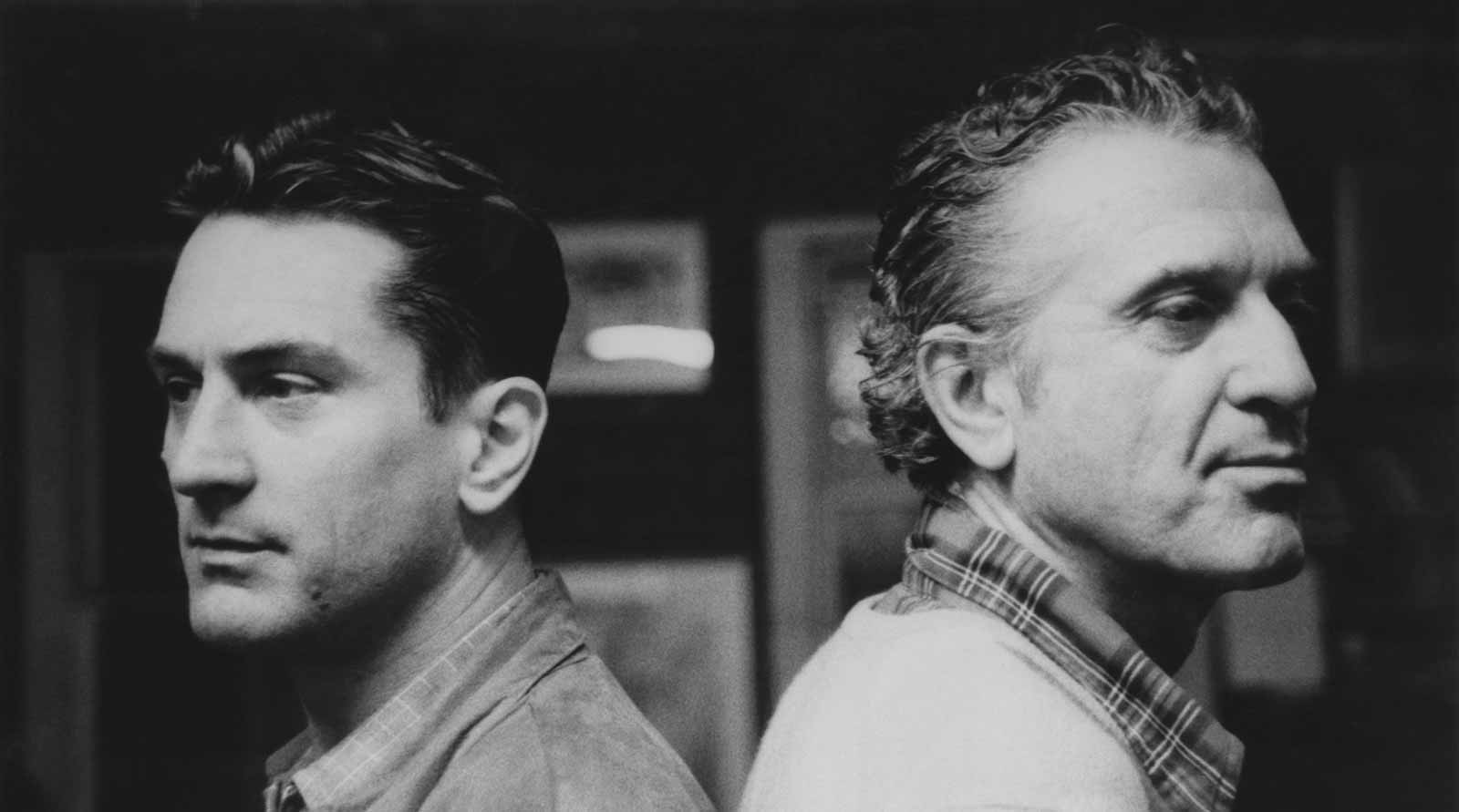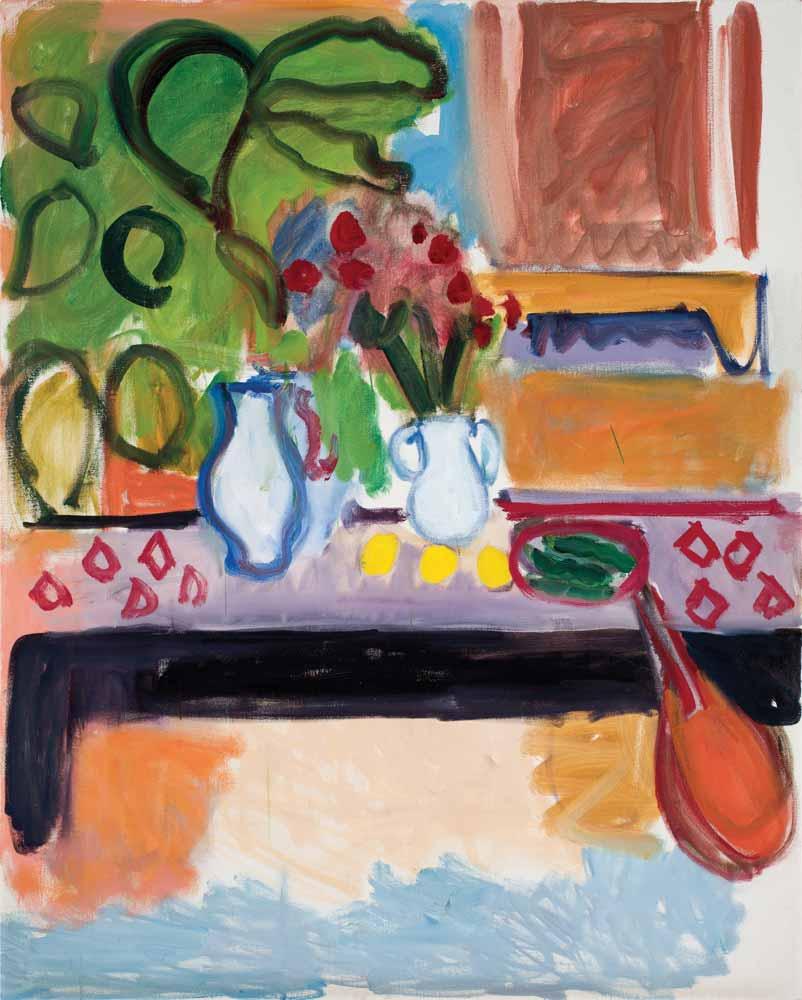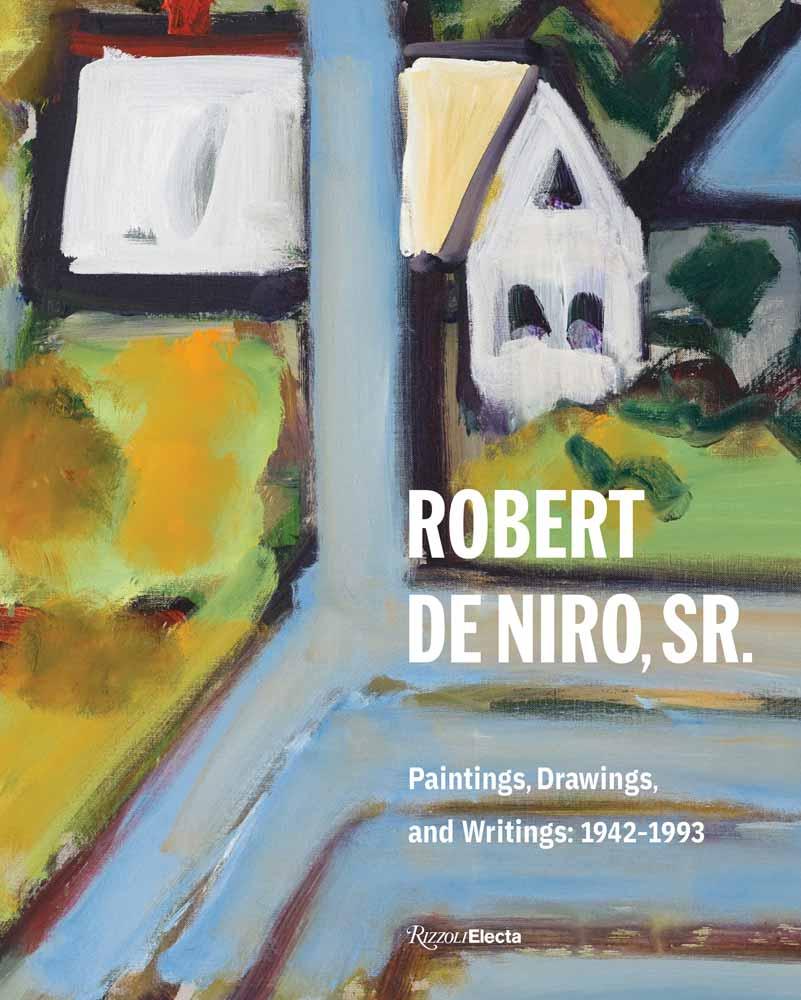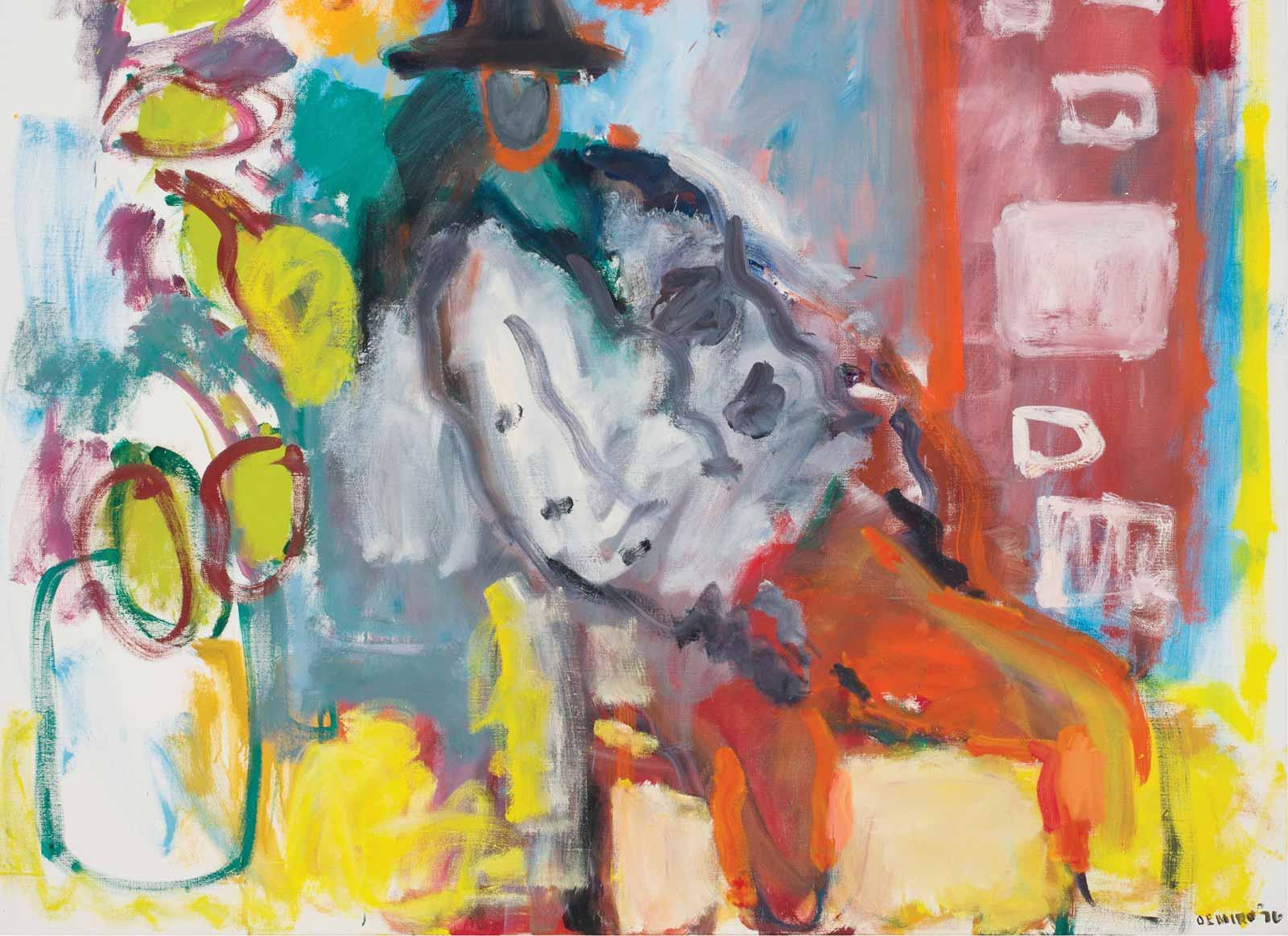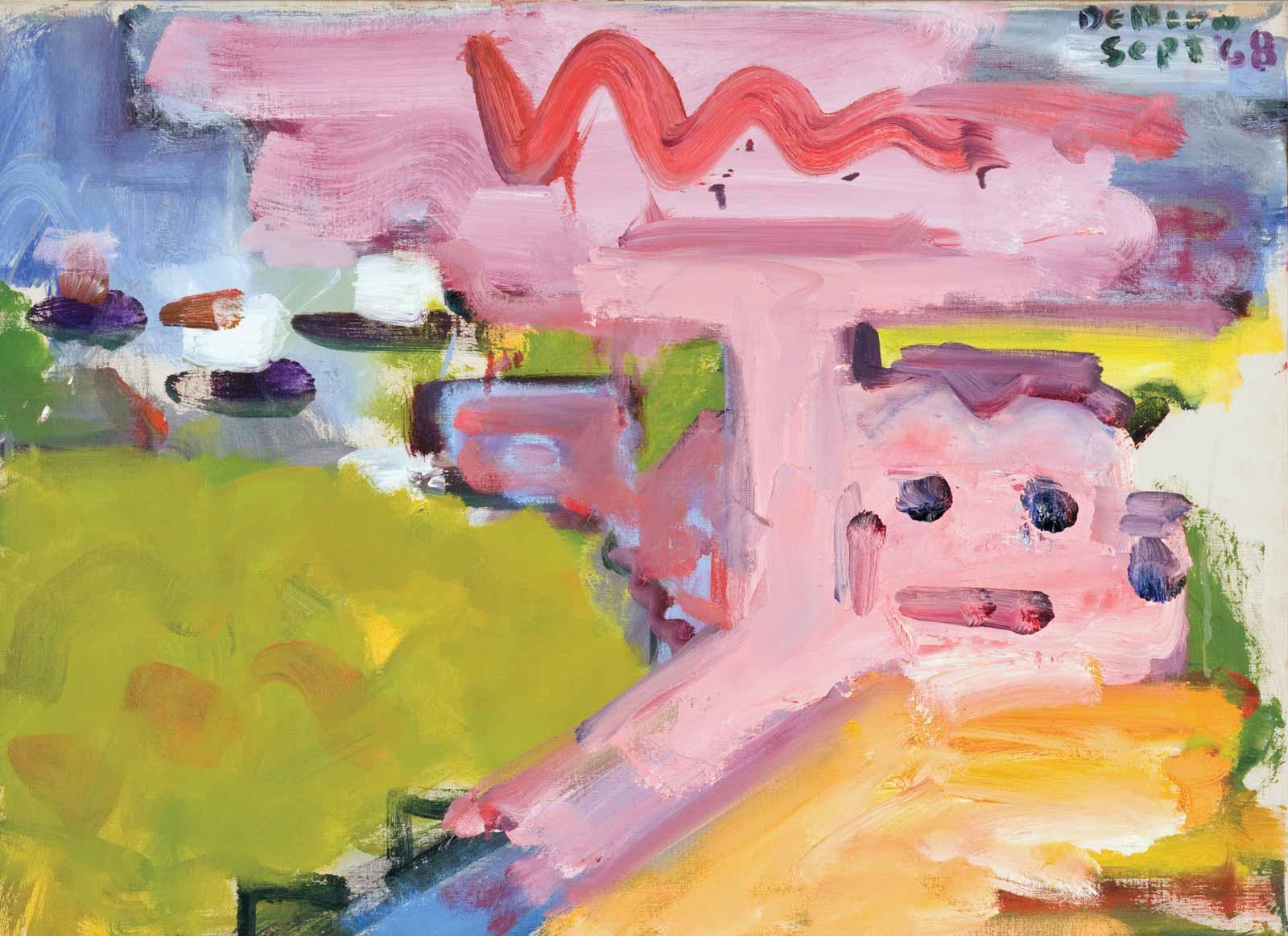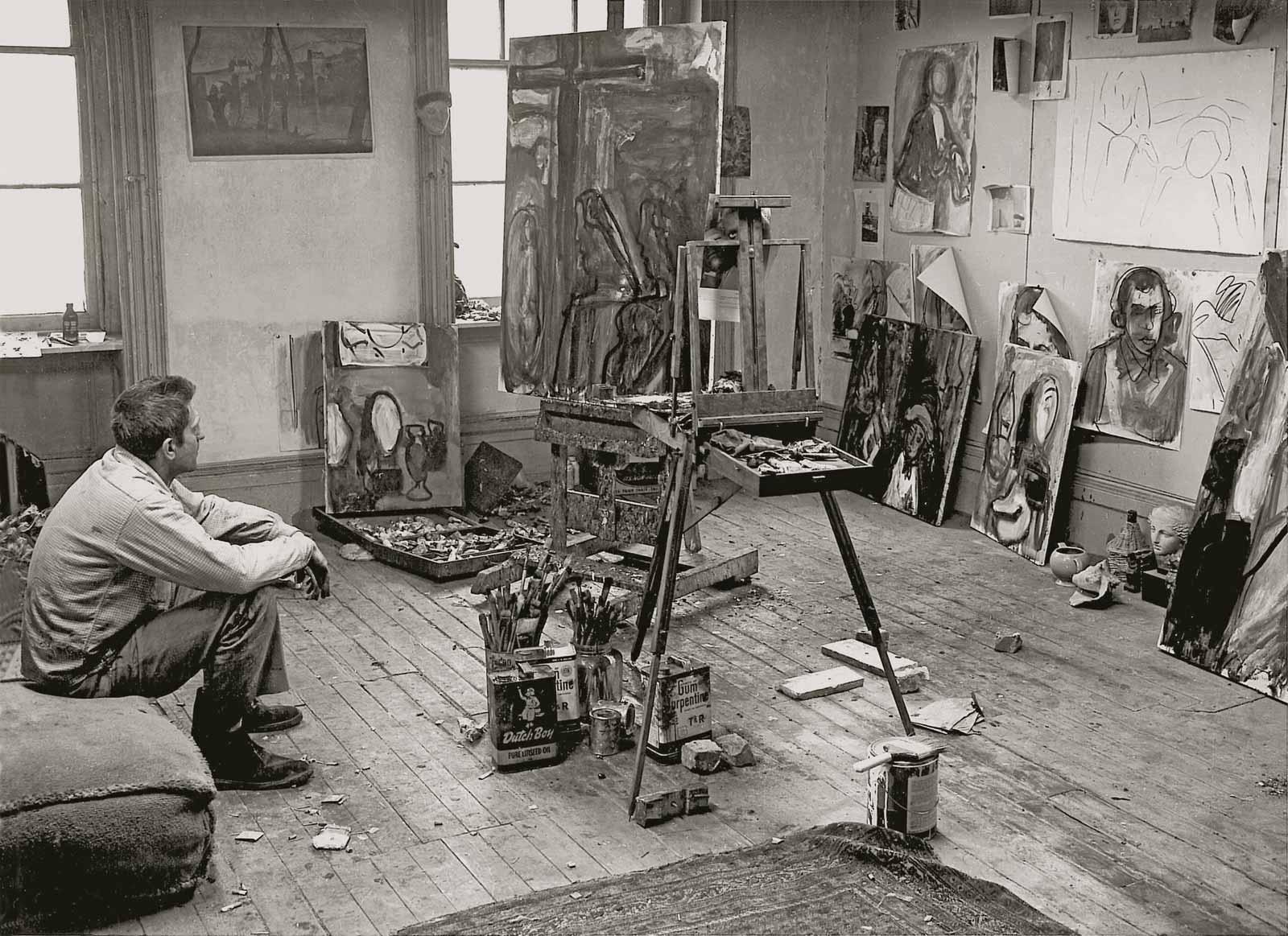The best place to spot a real-life Robert De Niro is at the Tribeca Grill, a veteran restaurant in downtown New York City known for its industrial charm and abundance of celebrities out to lunch. No, not De Niro the actor, though he is one of the establishment's co-owners. The De Niro in question is modernist painter Robert De Niro, Sr.—father of the Academy award-winner—whose colorful artworks have adorned the eatery's walls since it first opened in 1990.
"Every piece of art in the restaurant is De Niro Sr.'s," Martin Shapiro, managing partner of the Tribeca Grill, told Art & Object of the brasserie's roughly forty De Niro, Sr. paintings. "There's no other artist that's shown. And that's really what our décor is, it's almost like a gallery. It's a permanent collection."
In fact, the restaurant is one of the only places to view this lesser-known painter's work on a permanent basis. Of the museums that have his work in their collections (including the Metropolitan Museum of Art, Whitney Museum of American Art, and Smithsonian American Art Museum), few exhibit them regularly. De Niro is a big name onscreen, far less so in the art world.




